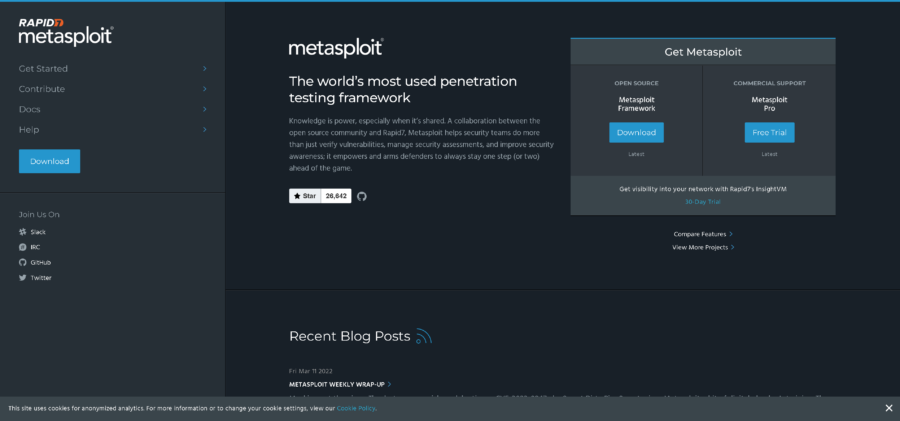For all its great potential, Big Data sometimes simply corroborates our gut feeling or gives us something that we didn’t need, or want to know.
Christian Rudder, co-founder of the dating website OKCupid, makes sure we get this early on in his Dataclysm, a fascinating study of social, dating-related data that he was in a unique position to analyze. Among the many discoveries of Big Data, it’s noted, some make us go ‘meh’, or worse. Like the fact that men of all ages find women to be at their peak of attractiveness at 20 to 21.
Indeed, even though drawing from a unique data set, Rudder acknowledges early on that it isn’t all exclamation marks when it comes to Big Data:
“[..] a lot of my results aren’t directly useful—just interesting. There’s not much you can do with the fact that, statistically, the least black band on Earth is Belle & Sebastian, or that the flash in a snapshot makes a person look seven years older, except to say huh, and maybe repeat it at a dinner party.”
But thankfully there is something a bit more surprising to be learned as well.

Christian Rudder
As Rudder examines, it pays off, in dating at least–but quite likely in other areas too–to be a highly polarizing individual. To be polarizing means that people either love you or hate you, with nothing in between. The way it was proved with data was thus. The OKCupid website features a rating system where people are rated from 1 to 5 in terms of overall attractiveness. Taking a sample out of women who are rated a “3”, it’s seen that not all 3s are created equal. Some are deemed such by virtually everyone, but some become average by being rated either a 1 or a 5 by the majority.
It means that they receive more messages than the other averages, or rather that they’re not average at all, in spite of their rating. Rudder states that “a very low-rated woman with high variance in her votes gets hit on about as much as a typical woman in the 70th percentile”. This is connected to the fact that people message their potential mates if they’re rated less than a 3 only 0.2 percent of the time. Presumably, the rate climbs exponentially as it gravitates towards a five-star rating.
This principle is referred to by Maria Popova of Brainpickings.org as the “Curse of Meh”. Now, you may be thinking that it’s actually very straightforward. Upon meeting someone impressive, you likely either love them or hate them, as our love/hate preferences for musicians and artists indicate all too well. That’s correct, but the difference is, this time it’s confirmed by Big Data, so it’s simply true for the given circumstances and, perhaps, beyond them.
Of the many facts on human nature that can be discovered by plugging data from social networks, the one described above stands out as the most, well, optimistic. Others indicate our racial, age-related and frankly bizarre biases towards people different from us. Whatever the ramifications, as Big Data’s social side expands, we can expect numerous findings of a similar sort. Perhaps a less crooked mirror can help us recognize not only our advantages, but our limitations as concerns treating others with fairness and respect.
By Lauris Veips





